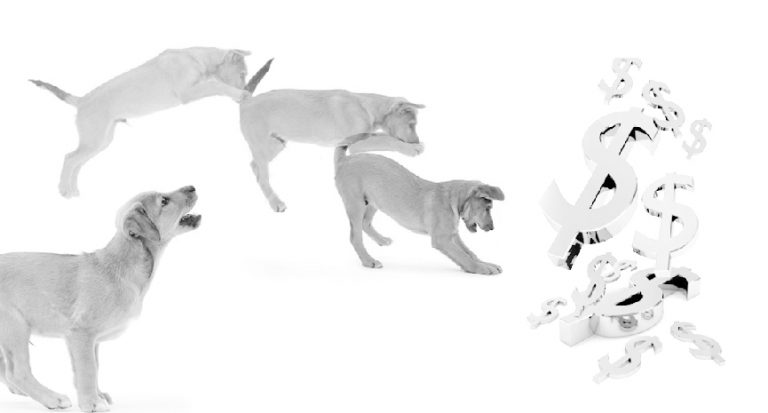The concept of future robotic pets is a common theme that crops up in numerous science fiction stories very often. Along with android servants and completely automated houses, robotic pets remain a science fiction dream. However, unlike many sci-fi concepts, the idea of those “future” robotic pets is moving closer and closer to a reality.
Like wireless communications, space flight and computer touch screens, automated family animals may very well become yet another example of how reality often copies science fiction.
What are Future Robotic Pets?
The idea of having a robot as a pet seemed unrealistic, even as late as the 1980’s. However, as integrated circuits and computer components continue to shrink, the concept of a small animal with a built-in computer-brain and artificial intelligence isn’t quite as farfetched as people used to think.
Robotic Pets in Science Fiction
The most well-known sci-fi novel that covered the concept of android animals was Philip K. Dick’s novel Do Androids Dream of Electric Sheep, where the fictional world had no more live animals. Every animal was actually a robot, and those robotic creatures essentially served the same functions as they do for humans today in their capacity as pets.
Another interesting alternative take on the concept of future robotic pets was an episode of the science fiction cartoon The Jetsons where the family first meets Astro, the live dog that would become their long-time pet. In that episode where Astro was first introduced, the father didn’t want him. Instead, he wanted to introduce the latest model android pet named Electronimo. The decisive moment in the episode–and a nod to the value of live pets–was when an intruder broke in and the electronic dog that was programmed to attack anyone with a mask on, ended up attacking George instead. The family sent the robotic dog away, and kept the live dog instead. The message from the writers was clear–robots will never have common sense.
The Evolution of Future Robotic Pets
As time goes on and technology develops, the sci-fi concept of android pets is no longer quite so farfetched. Advances in the following robot technologies lead to progress on the overall android pet design.
- Newer and smaller sensors are more sensitive to things like touch, smell, light and sound.
- New materials make fabricating realistic textured animal fur a very real possibility.
- Advances in digital photo analytical processing bring the concept of robotic sight and object recognition much closer to reality.
- The miniaturization of computer processors and circuitry presents the possibility of tremendous processing and “thinking” power in a very small package.
- Advancements in motion technologies and more capable and sensitive electrical motor systems make realistic animal motions much easier.
The State of Robotic Pets Today
There are already numerous news reports and successes in the lab with pet robots with artificial intelligence. In fact, every year more robotic toys flood the toy market. Children can now have pets that respond to petting and even motion. Some even have the ability to recognize words and respond appropriately. These next generation future robotic pets are retrofitted with numerous sensors throughout the body in order to read in sensory input and provide the sort of output actions and sounds that children come to expect from their regular pets. The question remains, how much longer before science develops a pet robot that is virtually indistinguishable from a real pet? How difficult would it be to produce artificial intelligence at the level of a cat or a dog?
In 2006, Live Science reported that some studies already show that modern automated animals, complete with realistic textured fur and programmed responses to touch, can generate the same sort of emotional reaction from the elderly (reduced depression) as real animals do. One particularly impressive study was conducted in Nato City, Japan using a robotic baby seal named Paro.
Final Words
These results suggest that once robotics technologies are able to reproduce the same motions, responses, sounds and behavior as live animals, the idea of families introducing robotic pets into the home is no longer within the realm of science fiction, but instead is entering into science reality.





